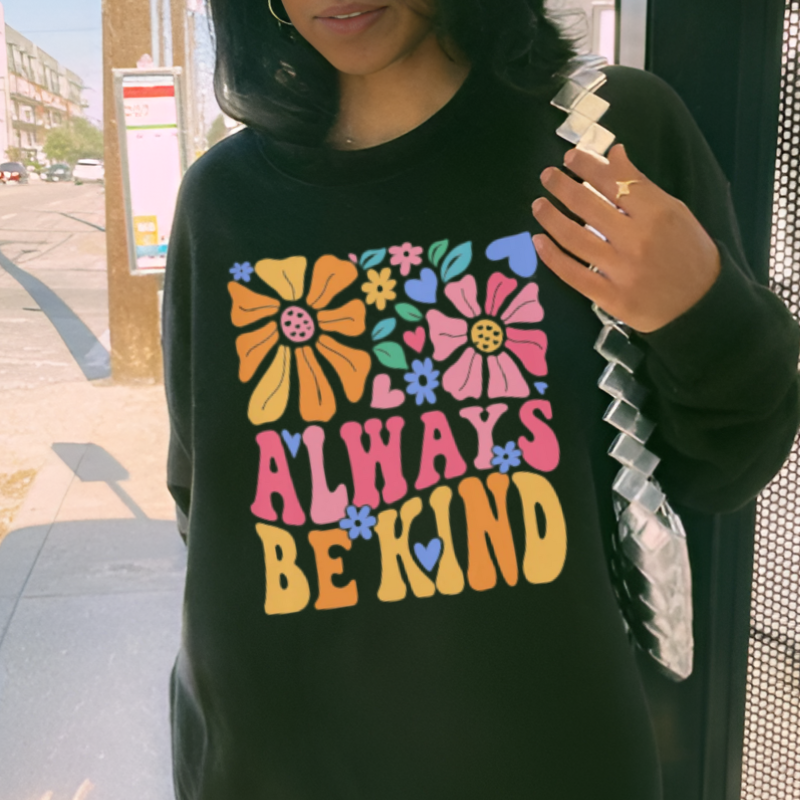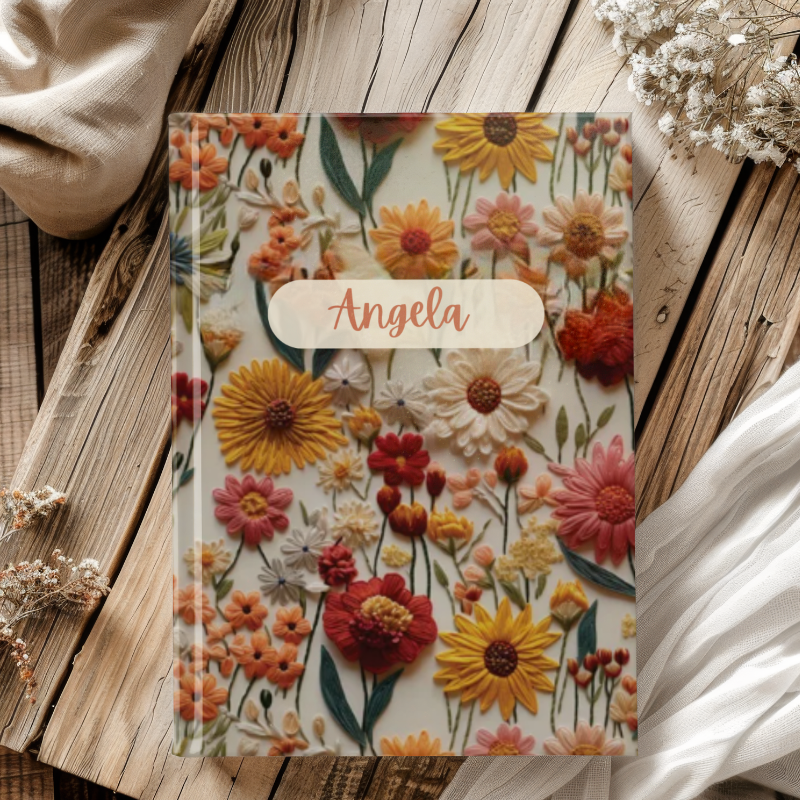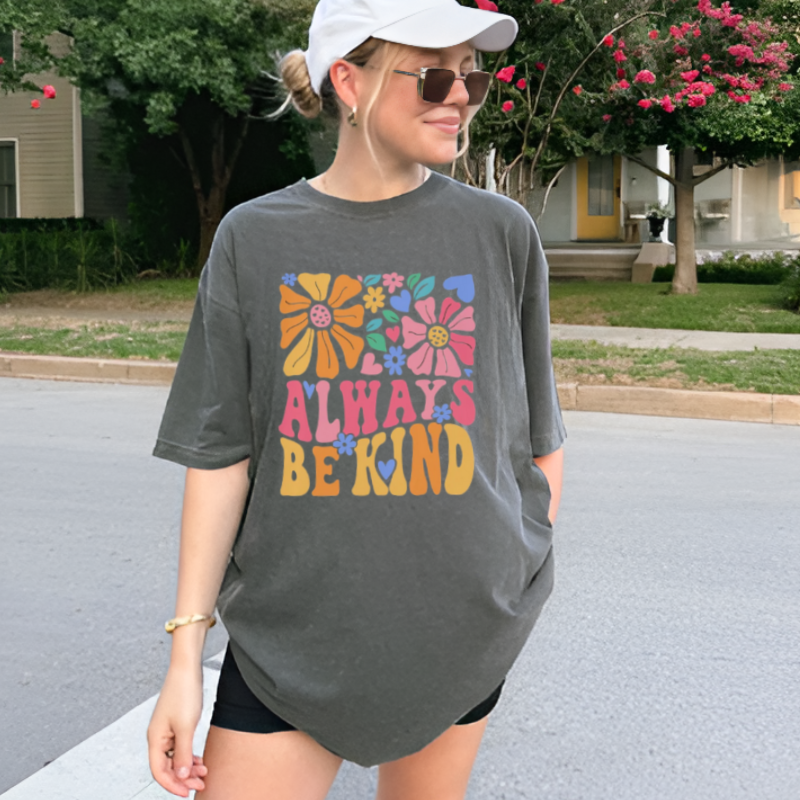Let’s be honest: the word "boundaries" has gotten a bit of a reputation.
It sounds stiff. Unfriendly. Like something you'd say with your arms crossed and your eyebrows permanently raised.
But in reality? Boundaries are the opposite of cold—they’re how we stay warm, whole, and well. They’re the quiet “no” that protects your energy. The gentle pause before you say yes. The sacred space between you and everyone else’s chaos.
Most importantly: boundaries aren’t rude. They’re radical self-respect.
If you've ever felt bad for protecting your peace, or you've said yes just to avoid the awkwardness of no, this one's for you. Below are five powerful, practical boundaries that won’t turn you into a villain—just someone who finally puts herself back on her own priority list.
1. The “I’m Not Available for That” Boundary
There are a million things tugging at your attention on any given day—texts, emails, favors, endless group chats that started with “real quick…”
This boundary says: I don’t have to show up for everything just because I can.
It's not about ghosting. It's about knowing your bandwidth and being okay with letting some things go unanswered until your energy says otherwise.

It might sound like:
- “Hey! I’m off my phone for a bit, but I’ll check in later.”
- “I won’t be able to help with that today.”
-
No response at all (because not replying is also a reply sometimes).
Protecting your availability doesn’t make you unreliable. It makes you realistic.
If you struggle with what to actually say when you're drawing this kind of line, this Boundaries Breakthrough Kit includes done-for-you scripts for texts, emails, and even that one friend who always needs “just one thing.”
2. The “I Don’t Explain My ‘No’” Boundary
Saying no is hard.
Saying no and then explaining it for six paragraphs while sweating through your shirt is exhausting.
This boundary is for when you feel the urge to over-justify, over-apologize, or offer a small novella of context for a simple decline.
Let’s practice some low-drama no’s:
- “I’m going to pass this time—thank you for understanding.”
- “That won’t work for me.”
- “No thanks!” (…and yes, you can end it there.)
You don’t need to have a “good enough” reason. You are the reason.
This boundary is about learning to sit in the discomfort of being misunderstood without shrinking to make someone else comfortable. It’s hard at first. But it gets easier every time.
3. The “Silent Morning” Boundary
How you start your day matters.
And if your mornings currently look like chaos, caffeine, and immediately responding to every notification on your phone… there’s room for a reset.
This boundary is simple but sacred:
You don’t owe anyone your attention before you’ve had a moment to check in with yourself.
Try this:
- Don’t open your phone for the first 20 minutes
- Light a candle, stretch, or just sit quietly with your thoughts
- Start with journaling or reading something that fills you, not drains you
Morning quiet doesn’t have to be an aesthetic Pinterest ritual. It can just be space—space between you and the noise of the world.
And if mornings aren’t your jam, the principle still holds: give yourself some part of your day that no one else can touch.
Small boundaries like this one are often the most powerful. They’re not dramatic, but they anchor your nervous system in calm.
4. The “Not My Emergency” Boundary
Here’s a life-changing truth:
Just because someone else is in crisis mode doesn’t mean you have to join them.
We’ve all been there—someone forgets a deadline, drops the ball, or suddenly needs a favor right now. And somehow, it becomes your fire to put out.
But this boundary says: not today.
It can sound like:
- “I hope it works out, but I can’t rearrange my schedule right now.”
- “I’m focusing on a few things of my own today.”
- “That sounds stressful—I’m rooting for you!”
Support doesn’t have to mean solving. Sometimes the kindest thing you can do (for both of you) is not absorbing the panic.
This is especially true if you’re the “go-to person” for… everything. Setting this boundary might feel awkward at first, but it trains the people around you to respect your time—and handle their own fires.
This Boundaries Breakthrough Kit offers real-world examples of how to say this kind of boundary out loud—especially in work or family settings, where people are used to you being “the fixer.”
5. The “I Choose Me Without Guilt” Boundary
This one isn’t a script or a moment.
It’s a shift.
It’s the quiet decision to stop pushing your needs to the bottom of the list.
It’s making choices that honor you—even when other people don’t understand.
Sometimes choosing yourself means disappointing someone.
Sometimes it means letting people think what they want to think.
Sometimes it means stepping away from things that no longer feel good.

It might look like:
- Turning down a get-together when your body’s asking for rest
- Skipping the group chat drama entirely
- Letting go of the need to be “liked” by everyone, all the time
This boundary is powerful because it reclaims your life as yours. And yes, there might be guilt at first. But over time, peace becomes louder than people-pleasing.
Boundaries Are a Kindness
To you.
To others.
To the life you’re trying to build.
They don’t make you hard. They don’t make you selfish.
They make you clear. Calm. Aligned.
And best of all, they make it easier to show up as your full self, instead of a burnt-out version of the person everyone expects you to be.
Start with one of these five boundaries. Pick the one that feels doable today—not perfect, just possible. Let yourself be a beginner. Let it feel clumsy. That’s how you know it’s working.
Because radical self-respect isn’t something you earn.
It’s something you practice.
One tiny "no" at a time.
Want support setting boundaries without the overwhelm?
The Boundaries Breakthrough Kit includes scripts, journaling prompts, and gentle guidance for saying what you mean without feeling like a bad person for meaning it.
You're allowed to take up space.
Let your boundaries do the talking.

















